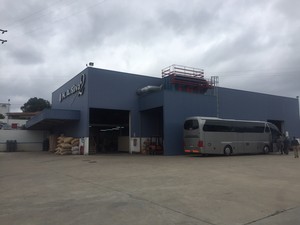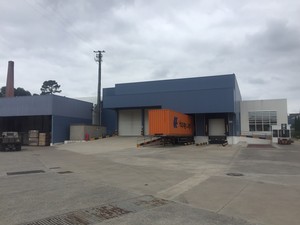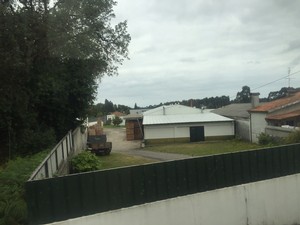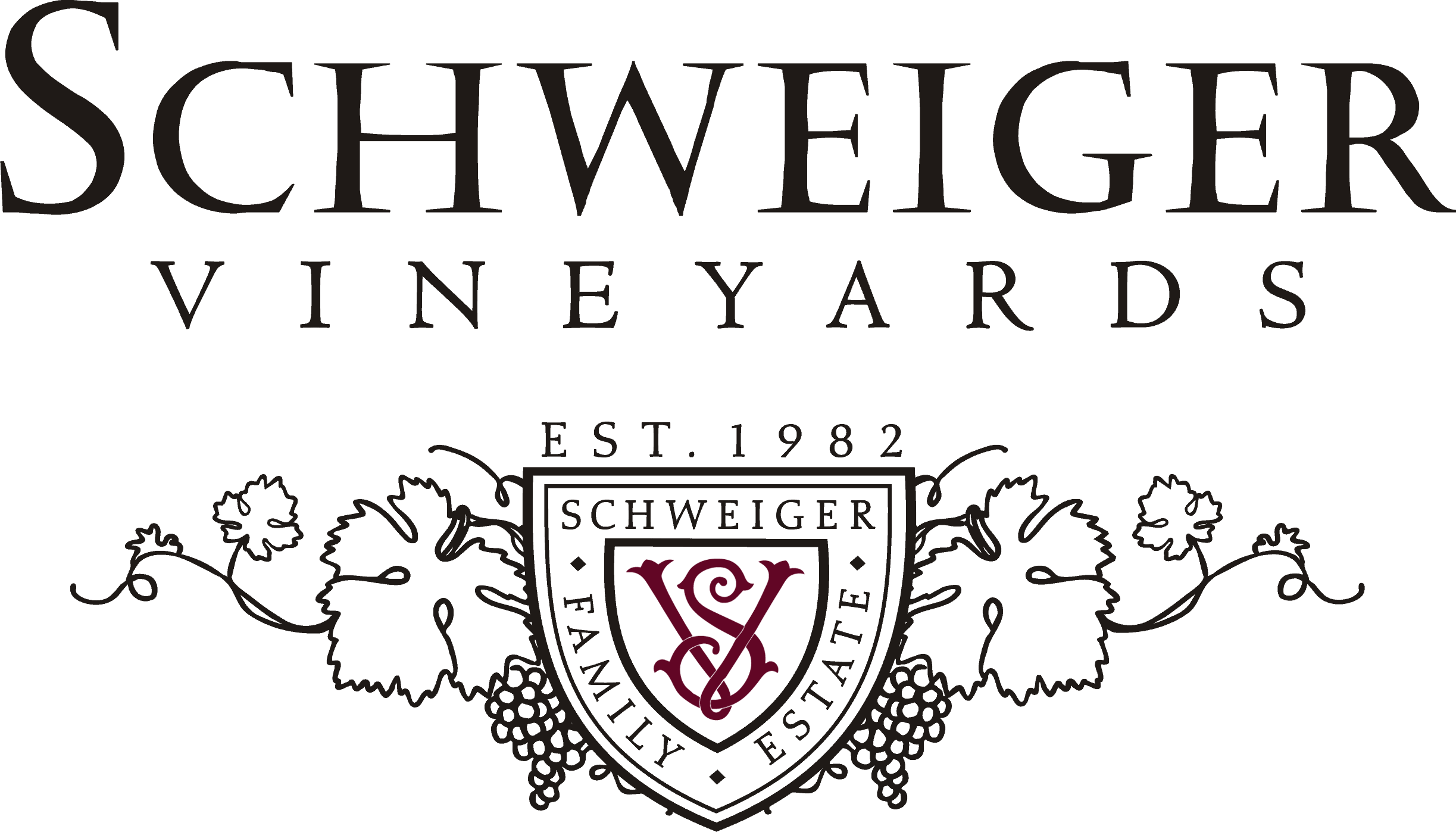Sort, Wash, Sort (Part 8 in Andy's Portugal journey)
When I first explained to Jerry (age 15 at the time) and Megan (age 12) that I was going to observe sorting while in Portugal, I’m very certain they visualized something much like this:
While cork sorting may not be that “magical”, the combination of science and hard work make the process seem even more magic than anything Hogwarts could ever dream up.
Even though the cork slabs were presorted before punching, there can now be some variability within a given lot of cork. All the freshly polished corks now go through one of several optical sorting machines that M.A. Silva has at this facility. This machine very rapidly takes a photo of both ends of every cork as long as a panorama of the barrel of the cork. A computer program measures the amount of “dark space” on a cork which represents a lenticel (or pore) on the cork. The
more dark spaces, the lower the grade. It then ejects that cork into one of several bins, further refining the quality of that lot.
Now that the cork has been sorted into “almost there” lots based on quality, it comes time to wash the cork. The intent is to provide a sanitary wash. This is done in a mild solution of Hydrogen Peroxide. Not only does this eliminate the majority of any potential harmful bacteria, yeast, or mold on the surface of the cork, it also removes the most of the dust from the processing up to this point.

The cork has one more sort before heading out of the factory now. Now is the time for the essential hand sort. While the optical sorter established a targeted quality grade, there is no machine that can compete with the skilled human eye. The entire batch of cork rolls on conveyers in front of highly trained women looking for nicks, mineral stains, and other imperfections in the cork. Each shift starts with, and at periodic breaks, they review, reference samples of what each grade should look like. If a cork doesn’t make the grade, it’s put into one of several bins where it may be reclassified, ground up for alternative cork products, or ground up for fuel for the cork boilers. Corks which pass muster proceed to the end of the conveyor where they are bundled up and, for the purpose of my cork world, shipped off to M.A. Silva, U.S.A.
Samples are sent to wineries, and once a lot is purchased, M.A. Silva, U.S.A. will brand it with the customers logo and give the cork a fine coating (usually paraffin based) to help ensure the sealing of the cork. Sometimes a customer may request an additional upsort where a crew of hand sorters in the American Facility will run the sort again, removing 5-10% of a lot, improving the overall cosmetics of the lot.

 I do want to take a moment and point out something that really impressed me…the kind of odd thing that not many people would notice. I was really struck by the cleanliness of all the Silva facilities. Maybe it’s the fact that I do my best to maintain a clean facility here at Schweiger…one of the greatest compliments I can receive is when someone notices how clean our winery is. As you can see from the photos of the
I do want to take a moment and point out something that really impressed me…the kind of odd thing that not many people would notice. I was really struck by the cleanliness of all the Silva facilities. Maybe it’s the fact that I do my best to maintain a clean facility here at Schweiger…one of the greatest compliments I can receive is when someone notices how clean our winery is. As you can see from the photos of the  Silva facility, the concrete is clean and swept, trucks are unloaded under cover, and all cork material is stored inside. On our way out of the Silva facility, I noticed other facilities…these are smaller, independent facilities who source bark from other producers and will, in turn, sell their punched corks to any of a number of cork sales company here in the states. Look at the drive by photos of the gravel/dirt roads, the dirty buildings, the cork stored outside, sometimes under cover, but not protected from the elements. The degree of care and pride in their facility really impressed me.
Silva facility, the concrete is clean and swept, trucks are unloaded under cover, and all cork material is stored inside. On our way out of the Silva facility, I noticed other facilities…these are smaller, independent facilities who source bark from other producers and will, in turn, sell their punched corks to any of a number of cork sales company here in the states. Look at the drive by photos of the gravel/dirt roads, the dirty buildings, the cork stored outside, sometimes under cover, but not protected from the elements. The degree of care and pride in their facility really impressed me.
So, while “my cork” journey is complete…there are more stories to come… I may even share some images from a tour of a facility making “FrankenCork”!
